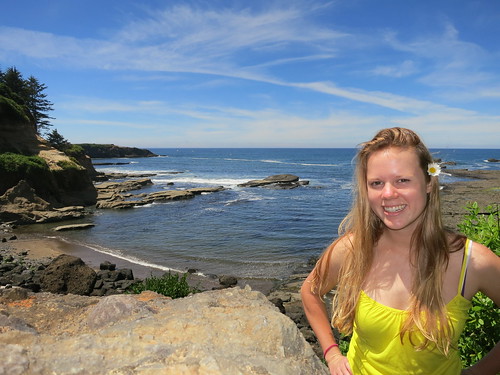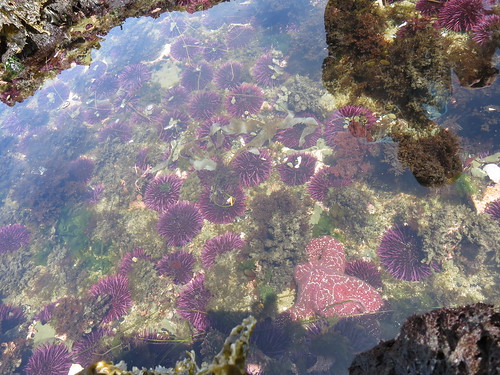This week I was supposed to be on a trip with my lab in Willapa Bay, Washington, doing field work. My foot is not healed enough that I was comfortable to go, so I had to sit this one out. I was able to go to the doctor and get an x-ray and my pinky toe is definitely fractured. This means another month of healing, which is basically my whole summer. The silver lining of the situation is that my injury lined up nicely with my move to a new house, allowing me to take it easy while still getting things done, like unpacking and getting settled. My injury means that I had to miss out on the fun and the other people in the lab have to do a lot more work to do, but we’re trying to make the best of it. I should be able to go on the next one though, which leaves this upcoming Friday!
Although I can’t go in the field, I have still been useful doing computer and lab work, which I had a lot of this week. My mentor wanted to give me something hands-on to do, so instead of processing some samples in the field like they normally would do, they brought them back in Ziploc bags so I could process them in the lab. These samples were from the mud and eelgrass areas near some bags of oyster shells that were put out a couple months ago, when Dungeness crabs were recruiting (metamorphosing from larvae into juveniles). The oyster shells create three-dimensional habitat at low tide, attracting crabs seeking shelter and providing suitable habitat for . We periodically sample the bags and some of the sediment underneath, as well as areas nearby with no bags, to look at the number and size of any crabs we find, which are mainly Dungeness (Metacarcinus magister) and shore crabs (Hemigrapsus spp.). This data helps my mentor look at the recruitment and growth of juvenile Dungeness, as well as their preferred habitats. In the lab, I sorted bags of eelgrass, measuring crabs I found and weighing the eelgrass both wet and after drying in an oven.
Because everyone was gone this week, I was responsible for my own success in getting things done, but I think I did a very good job. It helps that I am so used to being in school, where you set your own schedule. I’ve learned a lot of time management, and it’s good to know that this helps in the real world too!
I’m not sure what this next week has in store for me, but I’m definitely looking forward to going to Washington on Friday!


